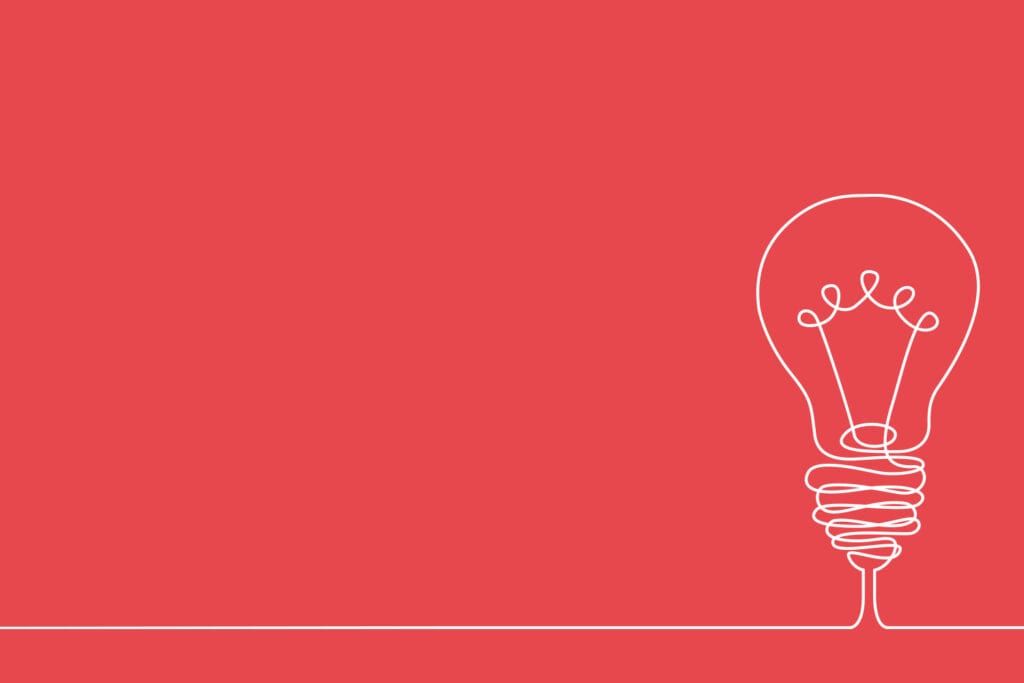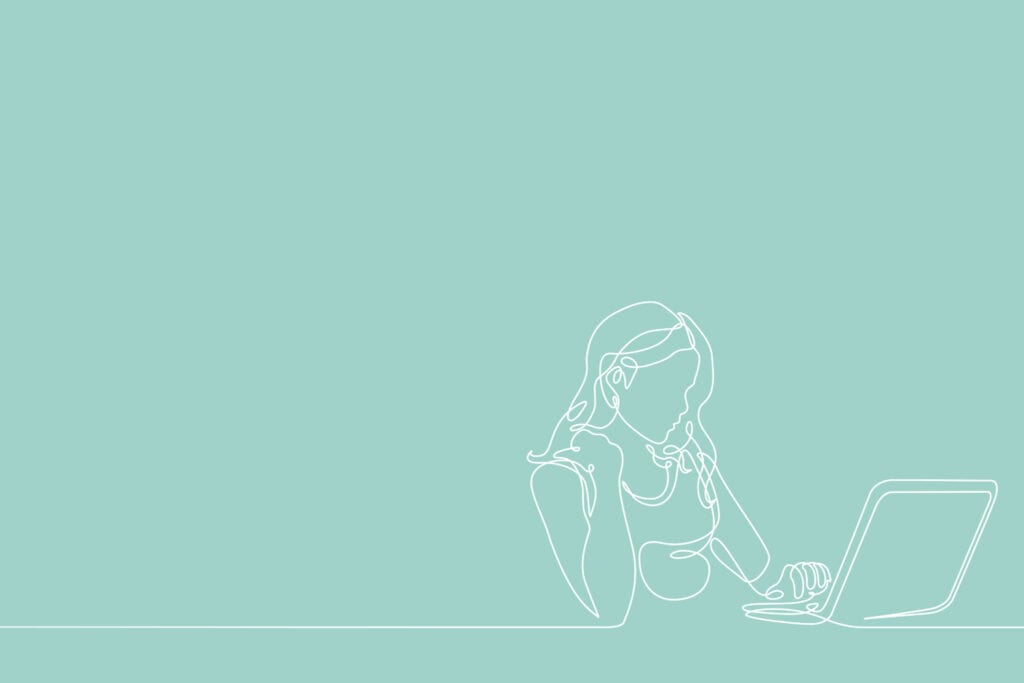5 ways lockdown will impact how we design the built environment
Buro Happold recently held an experimental sprint to reflect on our personal experiences in response to the current phase of the pandemic and think about what recent learning we might want to keep and apply to our design and consulting.
We split into five groups in trying to reimagine our living, working, public, playing and street spaces, answering the following questions:
- what will we want to keep?
- what must we keep?
- what will we want more of?
- what will we want to get away from/get back to as quickly as possible?
It was interesting (and refreshing) to see that each of the five break-out groups that consisted of both Buro Happold staff and external friends, highlighted issues such as flexibility, adaptability, inclusivity and serendipity as things we should look forward to retaining or promoting.
I’ve outlined five great lessons from the session, you can also download a copy of the outcomes document here or at the end of this post.
Five great lessons: some usual suspects and other emerging themes
1. The Commute: the liability (or asset) that we all love to hate
Almost all of the groups took upon commuting, reinforcing its significance in our lives both as an asset and a liability, and a concept that is an input, a process and an output likewise.
As a liability, it simply costs time, many forms of it induce stress and without it, we can revaluate the notion of pace. Less privatised vehicular commute is also less damage to the environment and increased facilitation of infrastructure improvements for active commute and public transport.
However, it is the thought of commute as an asset, that tickled our minds: we socialise and exchange ideas on the bus to a meeting or strike up a conversation with a stranger on the train; or even when we choose to be with ourselves, the changing landscapes move and inspire us as we transit through space and time.
It’s this idea of serendipity that we know we’ve been missing from our lives, that, when combined with the idea of commute as asset makes the latter an interesting to notion to reconsider: perhaps, commute as a “play space”?
2. Remiganing our neighbourhoods in response to a “rush to the great outdoors”
While the removal of commute meant individuals have better capability of managing their own time, our perceptions of “rush hours” with respect to time and location and what they mean at individual and collective levels have changed.
“Great outdoors” have received much appreciation, not least owing to the fact that we don’t all have the same access to outdoor amenities. However, rush to large parks can create issues of density and proximity both within the space and on the way to it, creating new contested spaces.
One solution to this is investment into smaller, neighbourhood parks – Gehl Architects have been tracking use of and behaviour in such spaces in Copenhagen, which the city is now actively looking to make more of, available. Such interventions can have co-benefits such as enhancements to biodiversity.
Another idea is to design and amplify semi-private, transitional spaces like balconies, doorsteps, pavements where people have been engaging in social activities without transmission. Both ideas point at a rejuvenation of neighbourhood-based and scaled solutions. Resuscitating left-out, unused spaces can generate higher footfall and a renewed sense of place and valuation of community assets, which can have social and economic benefits while ushering in a new phase of public-space-led regeneration at the scales of post-industrial regeneration we have come to see in many of world’s great cities.
3. Flexibility: the great equalizer through a gentle chaos?
Back at home, we have repurposed our spaces with incredible pace and agility; redefining each square inch with new use function, reinventing them through the day and every day. We have become experts in modularity.
This very effective (and gently chaotic) utilisation of space has enforced our flexibility and adaptability; however, as weeks have passed, turning our living rooms (or kitchens or bedrooms) into “every room” removed an important agency of function. Thjs is detrimental to our mental wellbeing and runs the risk of legitimising micro-living or overcrowding.
Perhaps we can take the good lessons learned on ensuring flexibility at home, to spaces beyond our homes: we’re often hardwired to problem solve by designing new things – this radically enforced change pushed us towards greater adaptation in the absence of time and resources to build new things. We can go back to the core our Stage 0 discussions to get the brief right, in order to prevent excess and waste of time and resources when building anew (or retrofitting).
Having used our homes as a place of learning, we can then hopefully go back to re-defining it as a place for celebration.
And when we start to mobilise again, those of us who can live close to places of work, care, or play may want to live, what the Mayor of Paris describes as the “15-minute city”, one where walkability and micromobility will dominate.
Reconfiguration of streets for greater flexibility through meanwhile uses to pedestrianisation or cyclability will create opportunities to reclaim public rights of way and the kerb, something we’ve investigated extensively: this will create provide green infrastructure and replace lost revenues for municipalities, say from loss of car parking spaces.
4. Sharing our connections and resources: the empathy we knew we yearned
This notion of resource scarcity is especially critical when checked back against the idea of flexibility, in a world where major disparities in access to amenities such as outdoor space exist, this notion of flexibility needs to be checked against the idea of scarcity.
As we have learned to respect each other’s use of our mutual spaces at home, it emerged from our conversations that we can use this positive attitude to remove fear and protectionism from material and intellectual aspects of our lives.
This can help us sustain the more intimate and trust-based relationships we’ve observed to have built with our clients and collaborators in the past two months, and also better integrate our business across its respective units.
For our planet at large, this can hopefully mean we have a much firmer appreciation of resource scarcity and can put our weight behind ensuring a recovery that is healthy, sustainable and fair.
5. Inclusivity for our shared futures
One other much overlooked notion around commute, brought to our attention, courtesy of our Inclusive Design colleagues was that, the absence of a stressful commute during rush hours meant removal of stress and an increase sense of equity to those with disabilities.
While we’re in the process of thinking of immediately practical and applicable solutions in modularity or flexible programming for rotas, facilitated by setting up system to track and evaluate data and movement, going forward, we’re adamant that inclusivity has to be in the centre, left and right of our thinking and design, much like sustainability, if we want to create resilient systems for the future.
The Transition: let’s do this together
Transitions can be frightening and difficult to evaluate – particularly if we operate in an outcome-oriented fashion. It’s natural we ask ourselves “how effective have we made the transition?” but we feel like our conversation last week was a gentle reminder of the importance of agility, as well as some form of ambiguity.
We’ve only had limited chance to experiment some of our ideas but we know that, going forward, this is a huge opportunity to keep pushing our own boundaries to advocate and drive change. The sense of mutuality at the end of our session has given us enthusiasm for the next phase.
As Buro Happold’s C:lab programme, we have already been experimenting ideas in real-life urban labs of Barcelona, Berlin or Eindhoven, and on the back of the generous participation of our collaborators from last week, as we seek to progress our ability to experiment together to prototype ideas for the future, we would love to have you on board.
Bonus: insightful statements
- Commute as a “play space” can be inspiring and serendipitous, providing meaningful interactions
- We can kick-start a neighbourhood-based and scaled rejuvenation of our community assets for greater social and economic benefits for our residents
- Taking lessons learned in adaptability and flexibility at home to apply modular and efficient solutions in all aspects of our life can create greater equity
- Building respect and care for each other can be sustained as we let go of our fears and possession towards a healthier, fairer and more sustainable world.
- The central thinking in our sensitive response to dealing with conditions around infectious disease can be translated and transformed to truly inclusive design in the built environment and truly inclusive understanding of quality of life.
Questions we were left thinking about
- How can we redefine and promote an “active commute” that does not only provide physical health benefits but facilitate social interactions while being mindful of mental wellbeing and physical proximity stressors?
- How do we better evaluate our community assets and their use functions to find right points of scale and intervention with inclusive stakeholder engagement to provide more and better access to these?
- How can we create the physical and legal frameworks to design, build or retrofit truly home-work-and-other spaces in the built environment and scale the lessons to other spaces?
- How do we translate the “soft”, personal skills we’ve been working on in establishing respect and trust to our wider practice?
- How do we ensure removing unconscious bias from design and employ methods to track and evaluate inclusivity?

